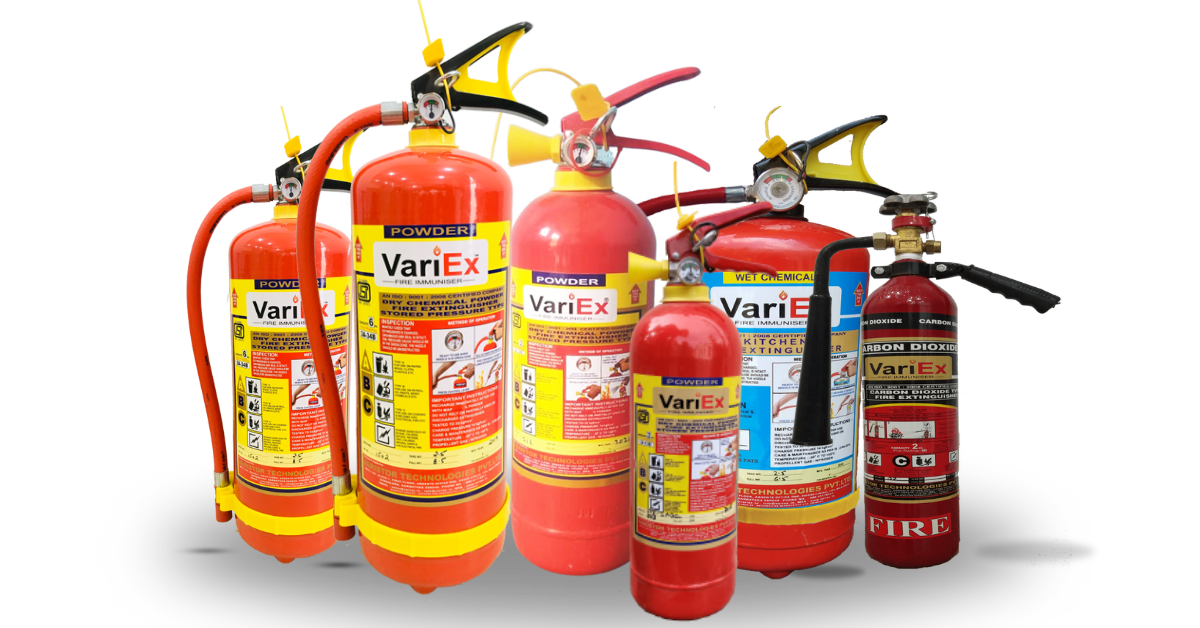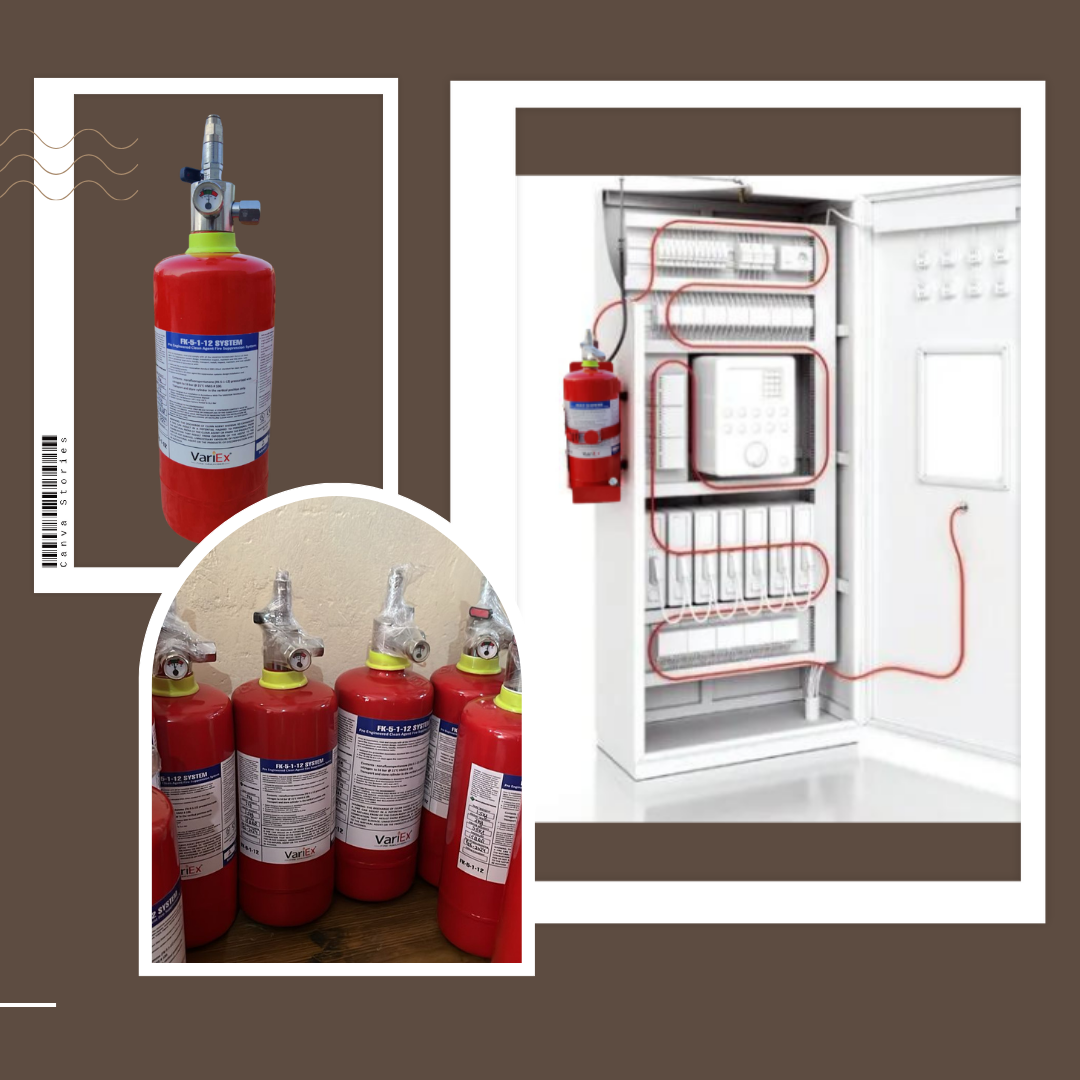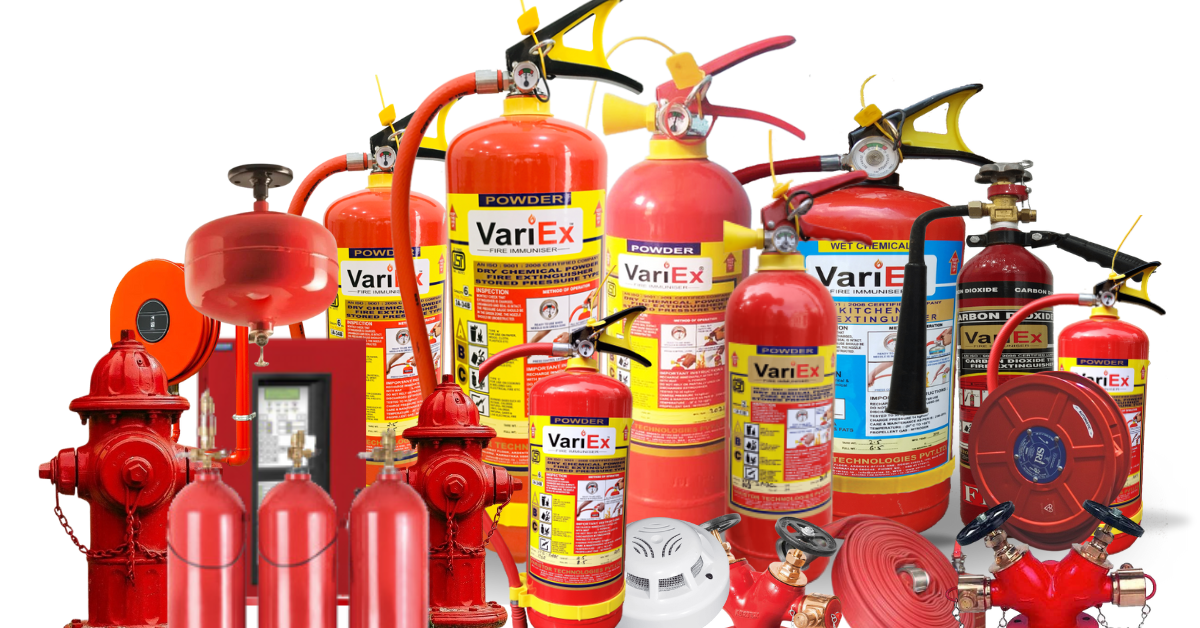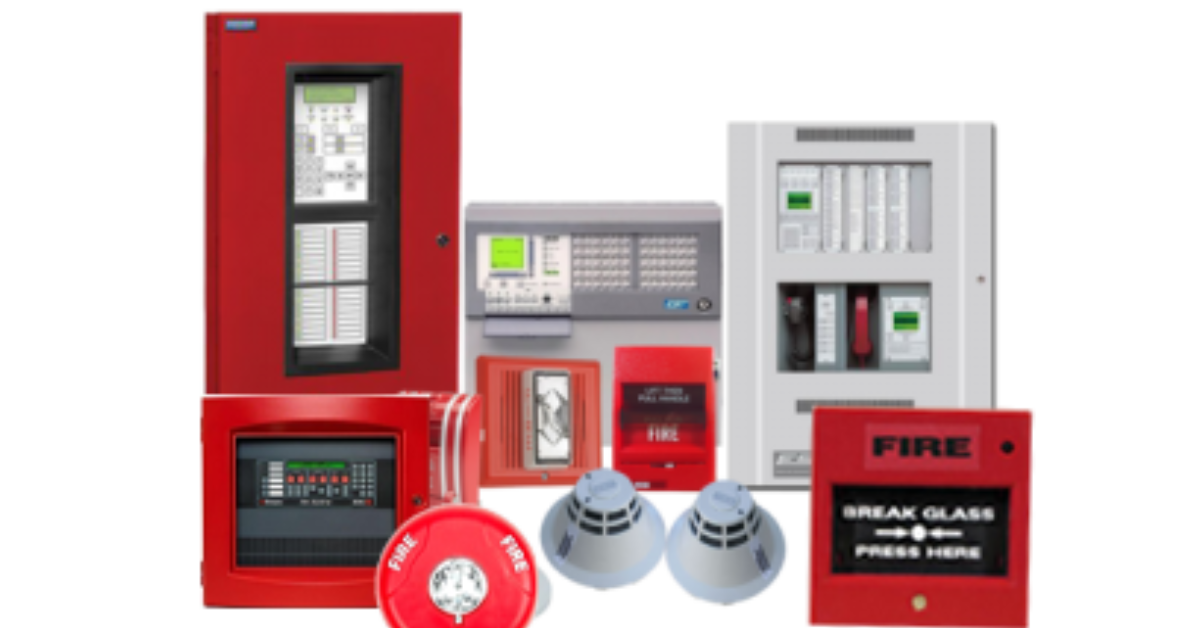![]()
Fire Immuniser
+91-7829629111
Email: info@variex.in
Varistor Technologies Pvt. Ltd.
Block-1, First Floor, Ardente Office One, Hoodi Circle, ITPL Main Road, Bengaluru, Karnataka 560048, IN
What Is Fire Alarm System And How It Works
What Is Fire Alarm System And How It Works
Fire alarm systems are an integral component of building safety and a critical element of our lives, yet many people may not fully understand what they are or how they function. These systems are designed to protect lives and properties by identifying fires early, allowing individuals to evacuate and fire emergency services to respond promptly. This article aims to explain in detail what a fire alarm system is, how it operates, and the numerous components within the system that work together to keep us safe.
Defining a Fire Alarm System
A fire alarm system is a sophisticated network of devices, all working together to detect both fire and smoke. When either is detected, the system alerts occupants through visual and audio warnings, facilitating a prompt evacuation. It often involves devices like smoke detectors, sirens, manual pull stations, and control panels. Depending on their complexity, fire alarm systems can also communicate with local fire departments, shut down HVAC systems to prevent smoke from spreading, or initiate fire suppression systems like sprinklers.
Components of a Fire Alarm System
Fire alarm systems are not standalone devices, but a collection of integrated elements each performing a specific function. These components include:
Control Panel
The control panel is the hub of the system, receiving information from all other devices and issuing responses. Depending on the data received, the control panel can alert other system components to activate alarms and can often communicate directly with emergency services.
Detectors
Detectors are devices that sense smoke, heat, or flames. Upon the detection of any alarming conditions, they send a signal to the control panel. There are various types of detectors, such as smoke detectors, heat detectors, and flame detectors, each designed to identify a different aspect of a potential fire.
Notification Appliances
Upon detection of a potential fire, the alarm system activates notification devices to alert building occupants. These appliances include bells, horns, strobes, or speakers, often deploying both audible and visual alerts to ensure evacuation.
Manual Pull Stations
These are devices positioned in easily accessible areas, allowing occupants to manually activate the fire alarm system during an emergency. Once the pull station is activated, it sends a signal to the control panel to initiate alarms.
How Fire Alarm Systems Work
Understanding the operation of fire alarm systems involves comprehending the sequential activities from the detection to the alert phase. The process begins when a detector senses fire or smoke. After detection, the device sends a signal to the control panel. The control panel then processes the received information, determines the level of threat and, if deemed a valid alarm condition, activates the notification appliances in the building. Because of this real-time processing and feedback, a fire alarm system can significantly reduce fire-related damage and ensure the safety of a building's occupants.
Advanced Fire Alarm Systems
Today’s technology advances have led to the development of smarter and more integrated fire alarm systems. These systems incorporate devices like gas detectors, carbon monoxide detectors, and manual call points, increasing their effectiveness in detecting and responding to fire incidents. Moreover, modern systems can pinpoint the exact location of the detected threat, track the spread of fire or smoke, and provide this data to first responders. They can even activate other systems, like HVAC or fire suppression systems, mitigating the effects of the fire and aiding in evacuations.
Importance of Fire Alarm Systems
Fire alarm systems are essential in ensuring the safety and security of building occupants. Their real-time monitoring and immediate reaction to potential fire threats can save lives and significantly diminish property damage. Therefore, proper installation, regular testing, and maintenance are necessary steps for any building to ensure the system's reliability and effectiveness in case of fire emergencies.
Conclusion
In conclusion, fire alarm systems form an essential part of our lives, helping to protect the occupants of a building from the dangers associated with fires. Their ability to detect, alert and initiate immediate response actions is a testament to their critical role in home and building safety. As technology continues to develop, so will the capabilities of these systems, making fire alarm systems a non-negotiable element in any building. Regardless of the technological sophistication, though, the ultimate goal remains the same: to save lives and property by alerting people quickly and helping to ensure a safe, swift evacuation during a fire emergency.
Explore our products Range
Final Say
At VariEx.in and VariexOnline.com, we specialize in supplying and installing top-quality fire fighting systems and equipment. From fire extinguishers to advanced suppression systems, we offer comprehensive solutions tailored to your needs. Our experienced team ensures precise installation and maintenance for optimal safety.
Trust VariEx for reliable fire protection. Contact us online or call 7829629111 to learn more.
















